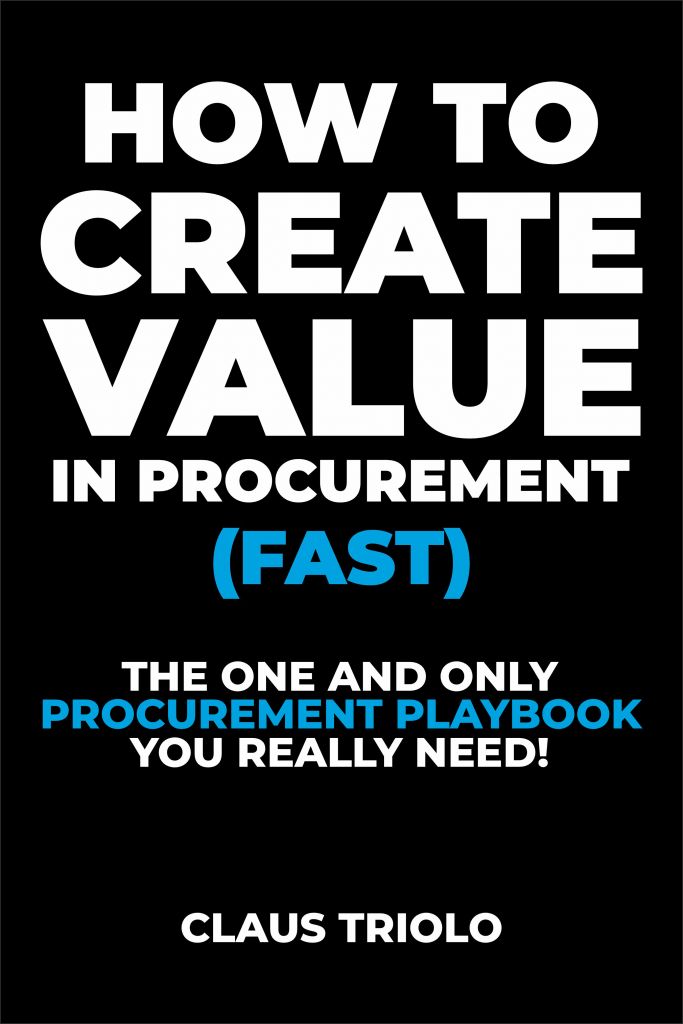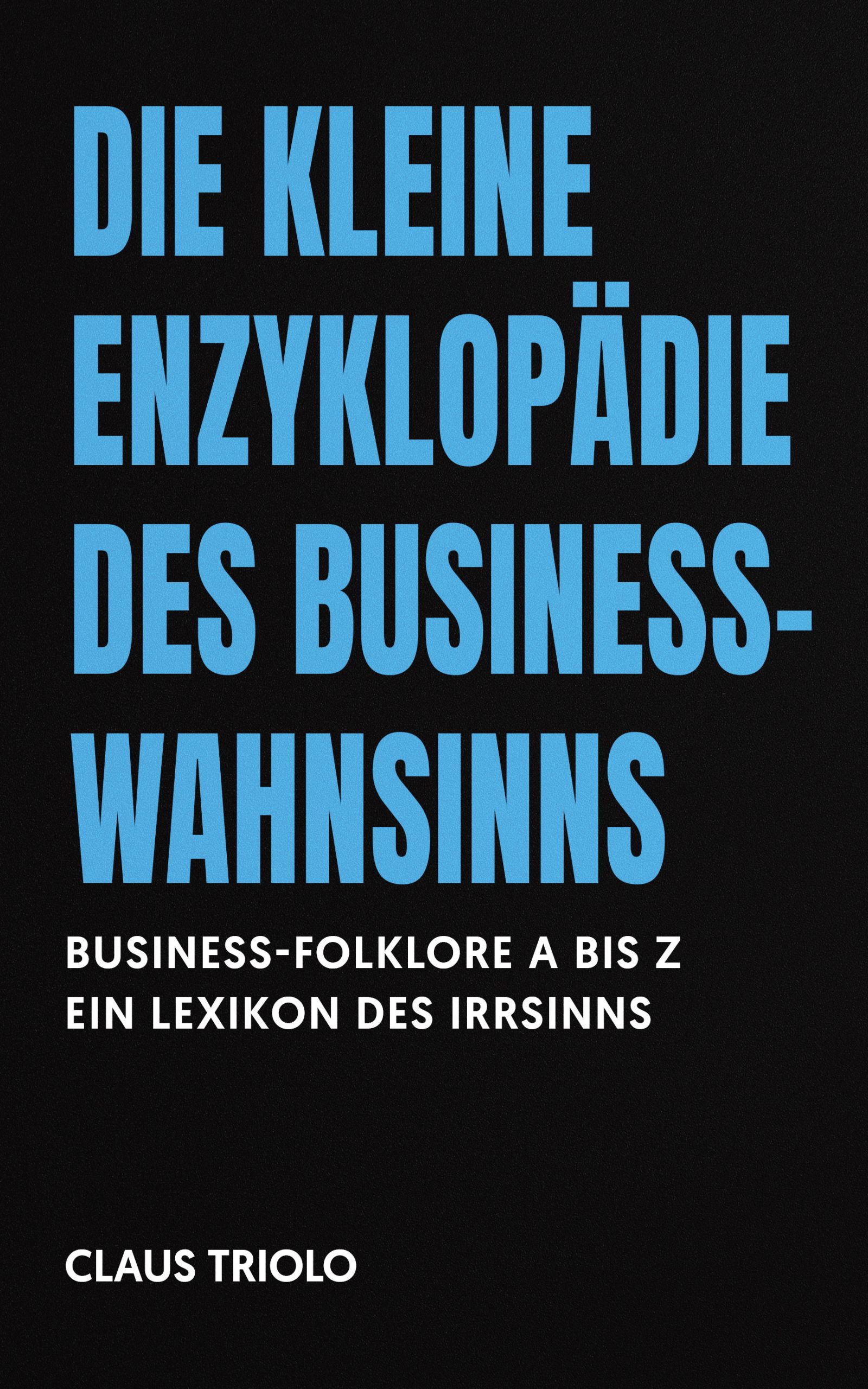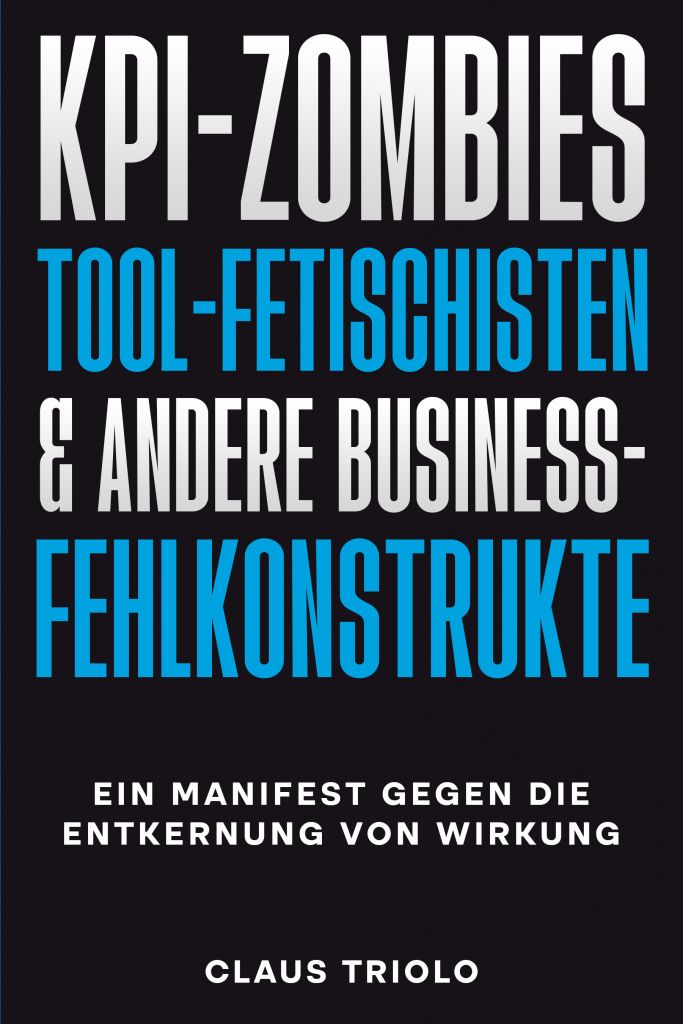Procurement has evolved from a cost-cutting function to a strategic enabler of enterprise success. Yet, many organizations still manage suppliers with outdated, one-dimensional KPIs. The reality? If your supplier evaluations focus solely on price, you’re flying blind in a storm.
Enter the Supplier Balanced Scorecard (SBS) – a structured, multi-dimensional approach that ensures procurement isn’t just about negotiating savings but about driving resilience, innovation, and long-term value.
Procurement’s Blind Spot: The Illusion of Cost-Based Performance
Traditionally, supplier performance was measured through the lens of cost efficiency and basic operational KPIs – on-time delivery, defect rates, and compliance. But in a world of supply chain shocks, digital transformation, and ESG mandates, these metrics are no longer enough.
An effective Supplier Balanced Scorecard shifts procurement from reactive supplier oversight to proactive supplier leadership by incorporating:
1. Financial & Risk Stability – Beyond price, beyond spend
A supplier’s cost competitiveness means little if they’re financially unstable. Procurement must integrate real-time financial health tracking, liquidity risk assessments, and geopolitical risk insights into its evaluation. A supplier in distress is a risk you must own.
2. Operational & Digital Maturity – Efficiency meets agility
Reliability matters, but so does adaptability.
- Can suppliers scale with your needs?
- Do they leverage digital procurement tools and AI-driven forecasting?
- Are they proactive in preventing disruptions?
A static supplier is a liability. Procurement must prioritize digitally mature, operationally resilient partners.
3. Innovation & Value Co-Creation – Beyond SLAs, toward strategic partnerships
Procurement is no longer just about getting the best deal – it’s about enabling competitive advantage. Suppliers should be measured on their ability to drive process innovation, contribute to R&D efforts, and enhance product development cycles. If they’re not helping you win, they’re slowing you down.
4. Sustainability, Ethics & Compliance – Non-negotiable in today’s ESG landscape
With increasing regulatory pressure (CSRD, Scope 3, CSDDD), procurement leaders must embed sustainability and compliance metrics into supplier scorecards. Carbon footprint, circularity initiatives, labor ethics, and regulatory alignment must be weighted as heavily as cost and performance.
SBS 2.0: From Static Reports to Predictive Intelligence
With AI, machine learning, and real-time analytics, the SBS is evolving into a living, dynamic intelligence hub. No more quarterly scorecard reviews – continuous, data-driven supplier monitoring is the new gold standard.
- AI-driven risk alerts before suppliers falter
- Predictive supplier performance analytics based on market trends
- Automated supplier development recommendations for continuous improvement
The New Procurement Leadership Mandate
A well-executed Supplier Balanced Scorecard is not just an assessment tool – it’s a strategic weapon. Procurement leaders who embrace it will gain deeper supplier intelligence, mitigate risks before they materialize, and unlock value beyond traditional cost savings.
The future of procurement belongs to those who can connect data, technology, and strategic foresight to elevate supplier collaboration into a competitive advantage. The question is, are you still measuring suppliers with outdated KPIs, or are you shaping the future with SBS intelligence?
Stop managing suppliers. Start maximizing impact. Book your free virtual touchpoint here today and let’s turn procurement into your competitive advantage.
And follow me on LinkedIn, maybe? Or just think about it.
“If you’re not measuring resilience, innovation, and ESG impact, you’re not forging partnerships – you’re just jumping from one supplier to the next, chasing the cheapest.”
Claus Triolo, The Procurement Rainmaker







